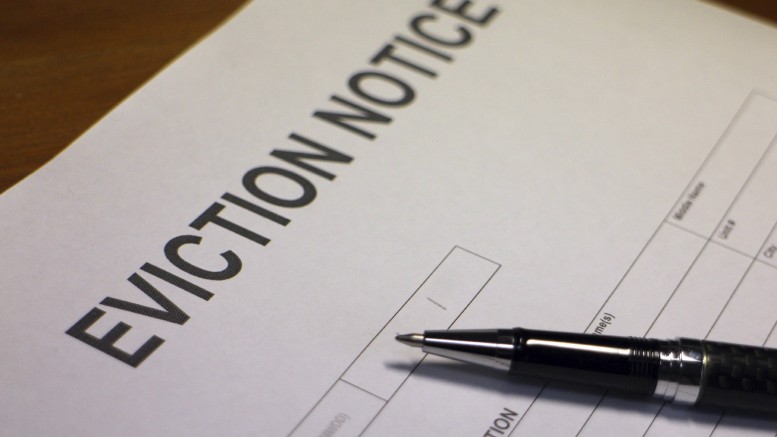There has been some feeling during 2015 that there have been moves afoot to reduce the influence of a section 21 notice, despite it working perfectly well since introduction in February 1989. The newest legislation seems to be re-enforcing this, with the introduction of a new section 21 from 1st October 2015.
The new version can be downloaded from our website here.
Previously, there were two formal section 21’s, to be issued during the fixed term or when the tenancy converted to a statutory periodic tenancy. There was also the option for a landlord to write his own section 21, provided that the notice contained prescribed information. The new section 21 is a formal legal notice, for use with fixed term or statutory periodic tenancies, with no option for a landlord to write his own. A standard section 21 makes it less complicated as less choice means it has to be the correct notice. All earlier notices are therefore obsolete from 30th September and should be disposed of.
There are new conditions for the s.21 which are probably intended to assist the tenant. Some landlords liked to issue the notice shortly after the tenancy commenced, feeling it safeguarded them and made it easier, if they found they had to evict at the end of the tenancy, but they will now be unable to do this as a new section 21 cannot be issued before the tenancy has run for at least 4 months. They will also have to proceed to Court within 6 months of the notice being issued. This is not particularly good news for tenants. Landlords could issue a notice but afford to wait before going to Court, to allow a tenant time to clear rent arrears or change behaviour. They will now hesitate about doing this when there is a time constraint on them.
So where is the threat to the use of the section 21? Well, retaliatory eviction gets a nod, as an s.21 cannot be served for 6 months after an improvement notice has been served by the local authority or emergency remedial action has been taken. In addition, it introduced a requirement for landlords to provide prescribed information to the tenants. It is already a legal requirement that the tenant should be given a copy of the energy performance certificate and gas safety certificate, but it becomes prescribed information and again, without giving the tenant this information, the ‘no fault’ possession claim, using the section 21, cannot be used. Landlords must ensure that the certificates are given, with a record of the date and copies retained.
There is one requirement of the new legislation that will have mixed views, as both a good and bad thing for landlords. They now need to give tenants a new DCLG booklet ‘How to Rent’. Again, this must be given to tenants if the landlord seeks to end the tenancy with a section 21. The booklet gives some basic rules about how the tenant should run the tenancy – landlords may feel that this has been a long time coming! This may make landlords lives a little easier, but it is an additional chore they must undertake in ensuring not only that they obtain the booklet or download it and print, but also that they prove their actions. My advice would be a printed sheet, stating:
‘The booklet, ‘How to Rent’ was handed to me, the tenant, on (date) Signed…………….’
A similar document can be devised for the gas safety certificate and energy performance certificate.
Not all of the legislative change will be welcomed by the landlord, but it will professionalise the sector and lessen the possibility of incorrect notices being served. It will mean more work and the necessity for retaining evidence that statutory requirements have been met, which is essential if the section 21 is to continue to be the no hassle method of ending tenancies.
For advice on buy to let issues – General Knowledge








Be the first to comment on "The New Section 21 notice (Statutory Instruments 2015 No.1646)"